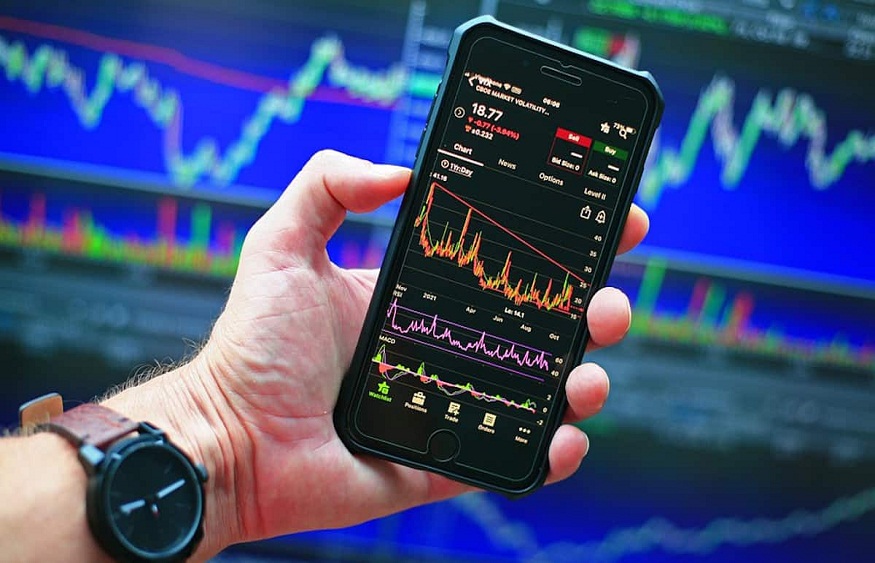Forex intraday trading refers to the practice of buying and selling currencies within the same trading day. Traders who engage in this strategy aim to take advantage of the small price movements in the forex market, which can be highly liquid and volatile. Intraday trading requires a comprehensive understanding of the market dynamics, quick decision-making, and strict risk management techniques. It’s a trading style that suits those who can dedicate the time to monitor the markets closely and act swiftly on trading opportunities
Understanding Forex Intraday Trading
Intraday trading in the forex market involves making multiple trades on currency pairs within a single day. The goal is to profit from short-term price fluctuations. Forex traders use leverage to increase their exposure, and thus potential profits, from these small movements. However, this also means there is a higher risk of significant losses, making effective risk management crucial.
Forex markets are open 24 hours a day during the business week, providing a unique opportunity for traders to engage in intraday trading across different time zones. This continuous operation allows traders to react to international economic news and events as they occur, offering numerous trading opportunities.
Strategies for Forex Intraday Trading
Several strategies are commonly used in forex intraday trading rules, including scalping, range trading, and news-based trading. Scalping involves making a large number of small profits on minor price changes throughout the day. Range trading focuses on identifying and trading within the high and low price ranges that currencies exhibit during certain periods. News-based trading capitalizes on price movements driven by economic announcements and news events, requiring traders to stay informed and react quickly to market changes.
Technical Analysis in Forex Intraday Trading
Technical analysis is a cornerstone of forex intraday trading. Traders rely on charts, indicators, and patterns to make informed decisions. Tools such as moving averages, Bollinger Bands, and the Relative Strength Index (RSI) help identify potential entry and exit points. Candlestick patterns and price action give insights into market sentiment and potential reversals or continuations in price trends.
Risk Management
Effective risk management is essential for successful forex intraday trading. This includes setting stop-loss orders to limit potential losses, managing position sizes appropriately, and having a clear exit strategy for each trade. Traders must also be aware of the impact of leverage on their trades and ensure they are not exposing themselves to excessive risk.
The Psychological Aspect
Forex intraday trading is not only about strategies and analyses; it also tests a trader’s discipline, patience, and emotional control. The fast-paced nature of intraday trading can lead to stress and impulsive decisions. Successful traders maintain a disciplined approach, sticking to their trading plan and not letting emotions drive their trading decisions.
Conclusion
Forex intraday trading offers the potential for profit in the dynamic world of currency trading. It requires a solid understanding of market fundamentals, a mastery of technical analysis, and the ability to execute trades quickly and efficiently. With the right approach and a disciplined mindset, traders can navigate the challenges of intraday trading and capitalize on the opportunities it presents. However, it’s important to remember that, like all forms of trading, intraday trading in the forex market carries significant risks, and not all strategies will work for every trader or market condition




